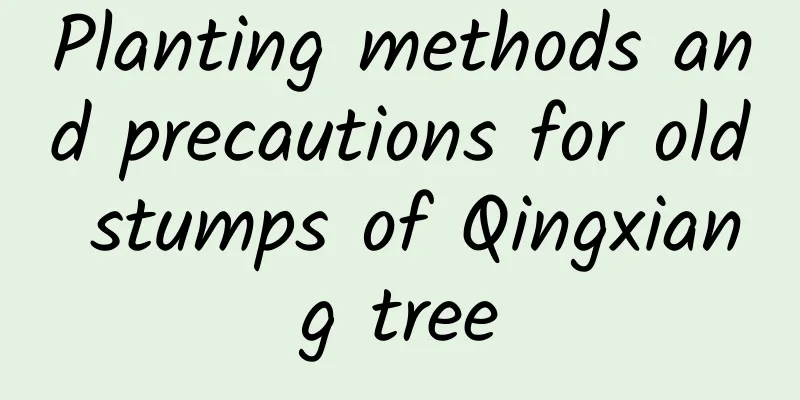How to grow mint on the balcony

Sowing methodUse loose, well-drained, fertile soil, water it thoroughly before planting, and pay attention to evenly sowing the seeds on the soil. Since mint seeds are small, there is no need to cover them with soil. The soil humidity should be kept appropriate, and you can use a small spray bottle to spray water on the seeds to keep them moist. Sow seeds in an environment of about 20℃, and be careful not to exceed 25℃. If the temperature is lower than 20℃, you can cover it with plastic wrap to increase the temperature and retain moisture. During the high temperatures in summer, the seeds should be placed in the shade to cool down, because high temperatures can easily cause the seeds to lack water. In the absence of rooting, they can only rely on artificial watering to ensure normal development. If covered with plastic wrap, the seeds need to be removed in time after germination and moved to a place where they can receive appropriate light. Planting should be done after the seeds have grown 5-6 leaves. Generally, one seedling should be planted in each hole. First, straighten the seedling and straighten the root system, then fill the soil and compact it, and water it thoroughly at one time. After the seedlings have grown for a period of time, apply an appropriate amount of liquid fertilizer. Maintenance managementThe soil should be loose, fertile, and well-drained sandy soil. Water needs to be constantly adjusted during the growth of the plant. More water is needed in the early and middle stages of growth; less water is needed during the flowering period. Mint needs sufficient light. If there is insufficient light, the plant will tend to grow too tall. For fertilization, you can choose ternary or multi-component compound fertilizers, especially the application of potassium fertilizer can effectively improve the problem of plant thinness and weakness. HarvestIf mint is planted in an area with a suitable environment, it can be harvested continuously for 2-3 years. Usually when the main stem grows to a height of about 20 cm, the tender stems and leaves can be picked for consumption. In the south, mint can be harvested all year round. The yield is highest and the quality is best from April to August due to the suitable climate. The harvest interval is 15-20 days. In the north, only by taking effective cultivation and protection measures in winter can the requirements for winter picking be met. After mastering the above methods and key points, I believe your small balcony will soon become a private "small vegetable garden". The mint you plant will also bring you many benefits and make your life more enjoyable. |
<<: Why is the fortune tree shedding leaves? How to solve it
>>: Balcony planting tips for water spinach
Recommend
How to plant chestnut seeds
Introduction to Chestnut Seeds The edible part of...
Things to note when planting herbs on the balcony
Balcony farming environment The cultivation envir...
How to grow beautiful lotus in winter
1. The winter characteristics of this plant First...
Can pine needles be used as fertilizer?
Pine needles as fertilizer Pine needles can be us...
How to grow chrysanthemums well
Chrysanthemum Growing Conditions Chrysanthemum is...
What are the breeding methods and precautions of colorful iron
Seven-color iron breeding method The colorful iro...
Peanut Planting and Management
Peanuts are a very versatile food ingredient with...
Tips for caring for Star Beauty in winter and summer
Winter care tips for Star Beauty Star Beauty requ...
When is the best time to plant southern Chinese cabbage?
Planting time of Chinese cabbage in the south Chi...
How to prune the calyx
How to prune the branches of the calyx The branch...
How to prune jasmine so that it blooms and fills the pot?
Jasmine is deeply loved by people for its fragran...
What are the charms of the 10 most popular flowers among flower lovers?
Pothos Reasons for being on the list: Purify the ...
The difference between Qiuli and Jiqiuli
1. Leaf Difference The leaves of Qiuli are relati...
The United States bears fruit several years earlier
Introduction to Planting Beauty When planting Mei...
Indoor Clivia blooms 3 or 4 times a year, with thick leaves and strong roots. How does it do that?
1. Daily maintenance (Author: Orchids of Plum, Or...









